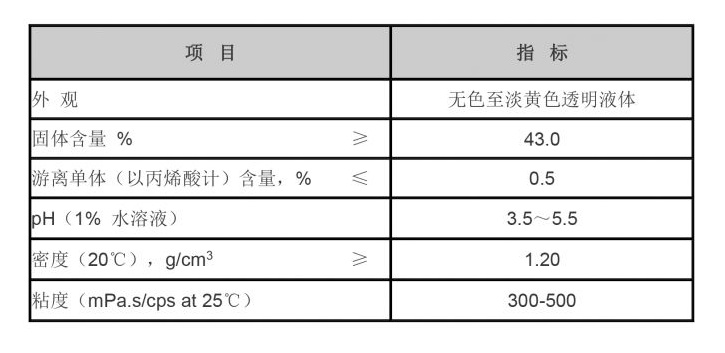Exploring the Properties and Applications of ATMP Acid in Various Industries and Research Fields
Understanding ATMP Acid A Versatile Compound in Industrial Applications
ATMP acid, or aminotrimethylene phosphonic acid, is a phosphonic acid derivative widely utilized in various industrial applications due to its unique chemical properties. As industries continue to seek innovative solutions for water treatment, corrosion inhibition, and scale prevention, compounds like ATMP acid have garnered significant interest. This article delves into the properties, applications, and importance of ATMP acid in modern industrial practices.
Chemical Properties of ATMP Acid
ATMP acid is a member of the aminophosphonic acid family, characterized by its simple molecular structure that comprises phosphonic groups and amino groups. This structure enables it to chelate metal ions effectively, making it an excellent candidate for applications that require metal ion management. Notably, ATMP is highly soluble in water, allowing for easy application in various aqueous processes.
One of the standout features of ATMP acid is its ability to form stable complexes with divalent and trivalent metal ions, such as calcium, magnesium, and iron. This property is primarily due to its three phosphonic functional groups, which can bind to these metals and inhibit their precipitation, leading to improved efficiency in different processes.
Applications of ATMP Acid
1. Water Treatment ATMP acid is extensively used in water treatment facilities. Its chelating ability helps in controlling scale formation in cooling systems, boilers, and pipes. By preventing the precipitation of calcium carbonate and other scales, ATMP contributes to enhanced operational efficiency and reduced maintenance costs.
2. Corrosion Inhibition In industries where metal components are exposed to corrosive environments, such as oil and gas or chemical manufacturing, ATMP acid serves as a corrosion inhibitor. By binding to metal surfaces, it forms protective layers that hinder the oxidation process and prolong the lifespan of equipment.
atmp acid

3. Detergents and Cleaning Agents The unique properties of ATMP make it valuable in formulating detergents and cleaning agents. Its ability to sequester metal ions helps to enhance the performance of cleaning products by preventing metal ion interference during the washing process. This characteristic makes it particularly beneficial in industries that rely on high-performance cleaning solutions.
4. Agriculture ATMP acid also finds utility in agricultural applications. It can enhance the efficacy of fertilizers by mitigating metal ion toxicity in soil and promoting nutrient absorption in plants. Its role in improving the bioavailability of essential nutrients makes it a valuable additive in agricultural formulations.
5. Personal Care Products In the personal care industry, ATMP is used in formulations of hair care products and cosmetics. Its chelating properties help stabilize formulations and improve product efficacy, particularly in products that aim to nourish and hydrate the hair and skin.
Environmental Considerations
As with any chemical compound, the environmental implications of using ATMP acid must be considered. Studies indicate that ATMP is relatively low in toxicity to aquatic life, making it a more environmentally friendly choice compared to some alternative chelating agents. Nonetheless, responsible handling and disposal practices are essential to mitigate any potential environmental impacts.
Conclusion
ATMP acid is a multifunctional compound that plays a crucial role in several industrial sectors. Its ability to chelate metal ions positions it as an invaluable tool in water treatment, corrosion prevention, and cleaning applications, among others. As industries evolve and seek sustainable solutions, the significance of compounds like ATMP acid is likely to increase, driving further research and development in this area. Understanding and harnessing the potential of ATMP acid will undoubtedly contribute to more efficient industrial processes and sustainable practices in various fields.
-
Water Treatment with Flocculant Water TreatmentNewsJun.12,2025
-
Polymaleic AnhydrideNewsJun.12,2025
-
Polyaspartic AcidNewsJun.12,2025
-
Enhance Industrial Processes with IsothiazolinonesNewsJun.12,2025
-
Enhance Industrial Processes with PBTCA SolutionsNewsJun.12,2025
-
Dodecyldimethylbenzylammonium Chloride SolutionsNewsJun.12,2025





